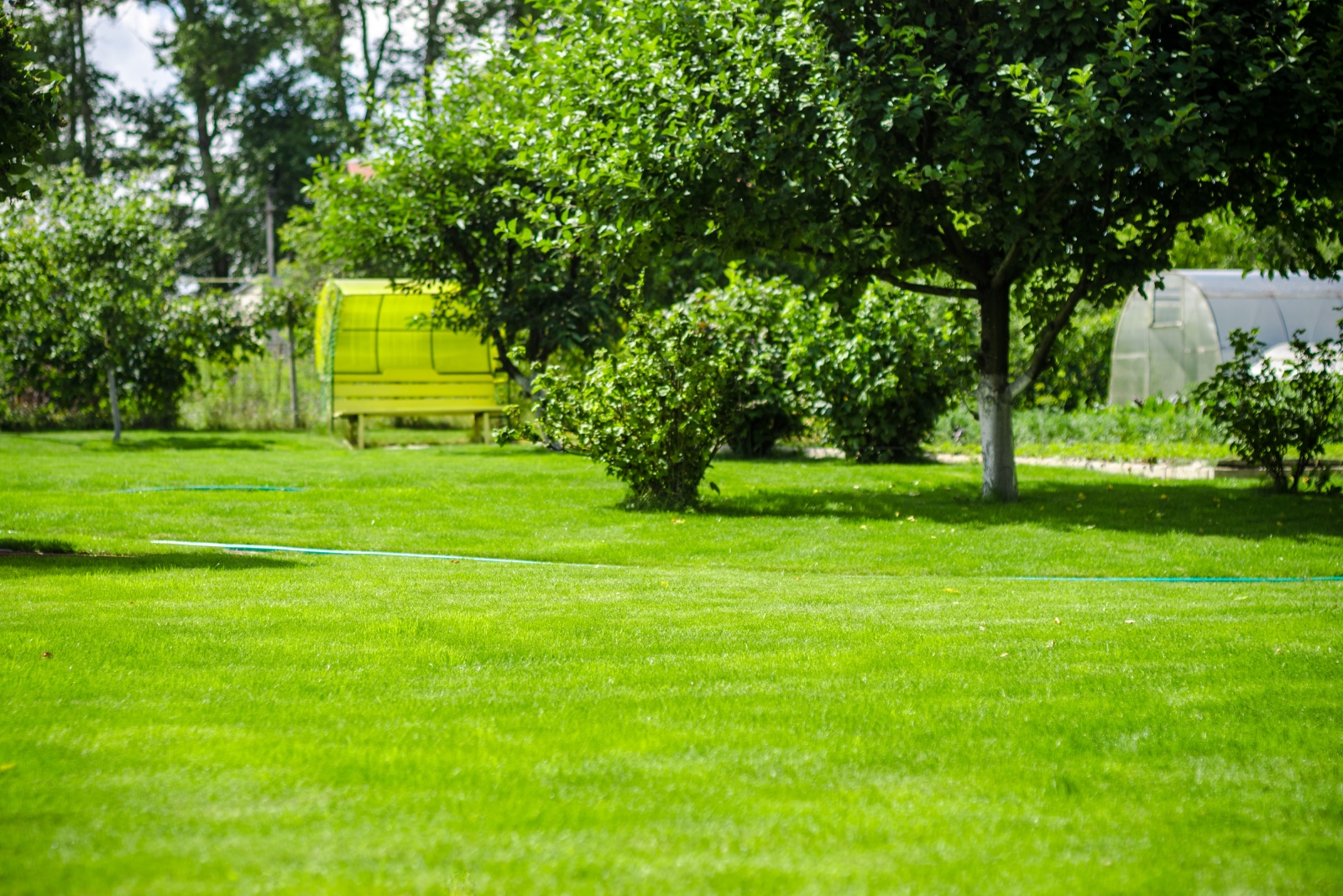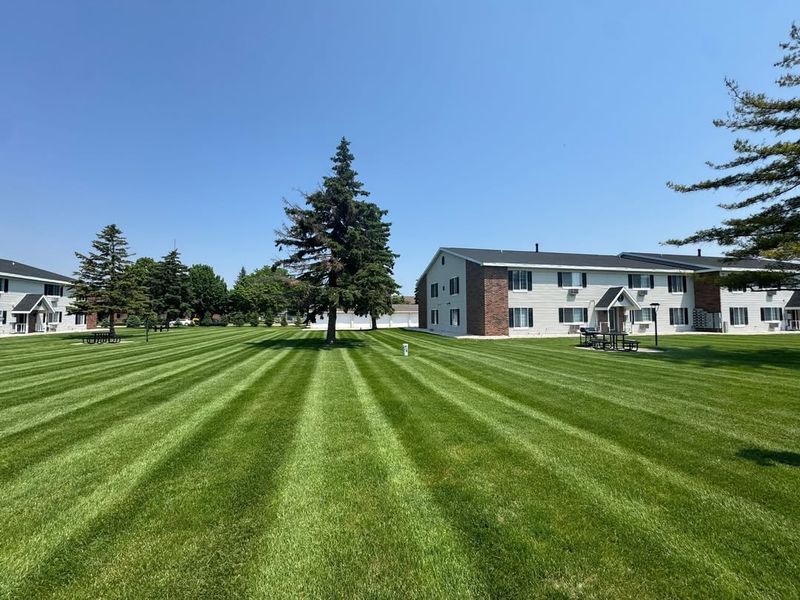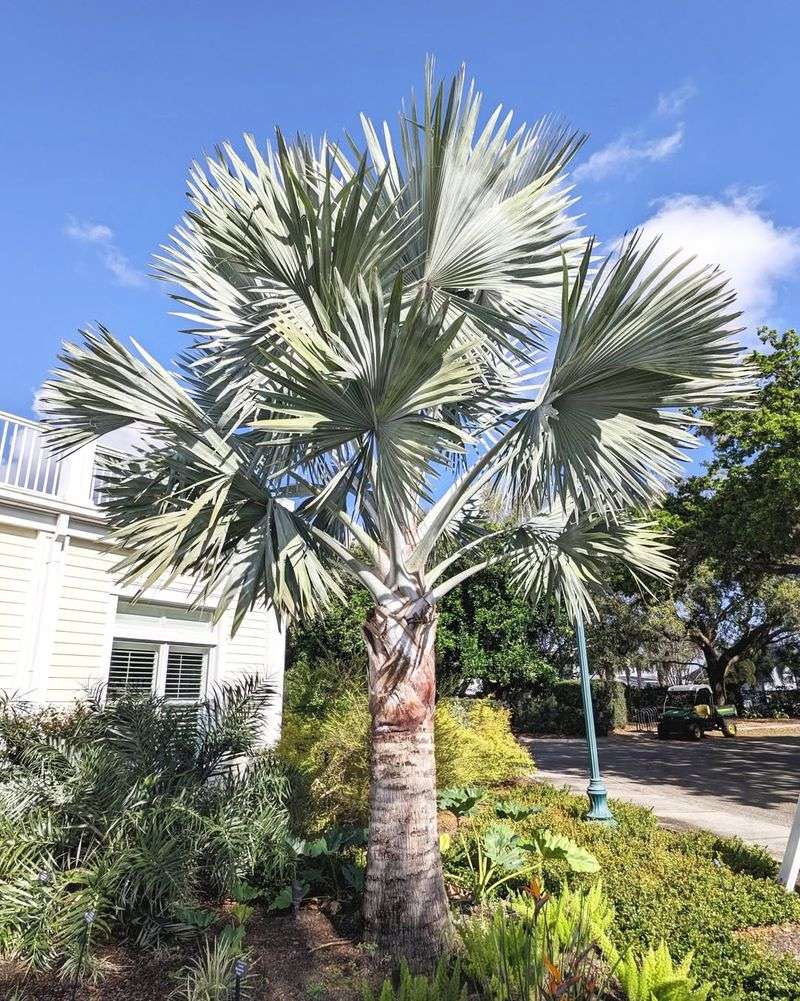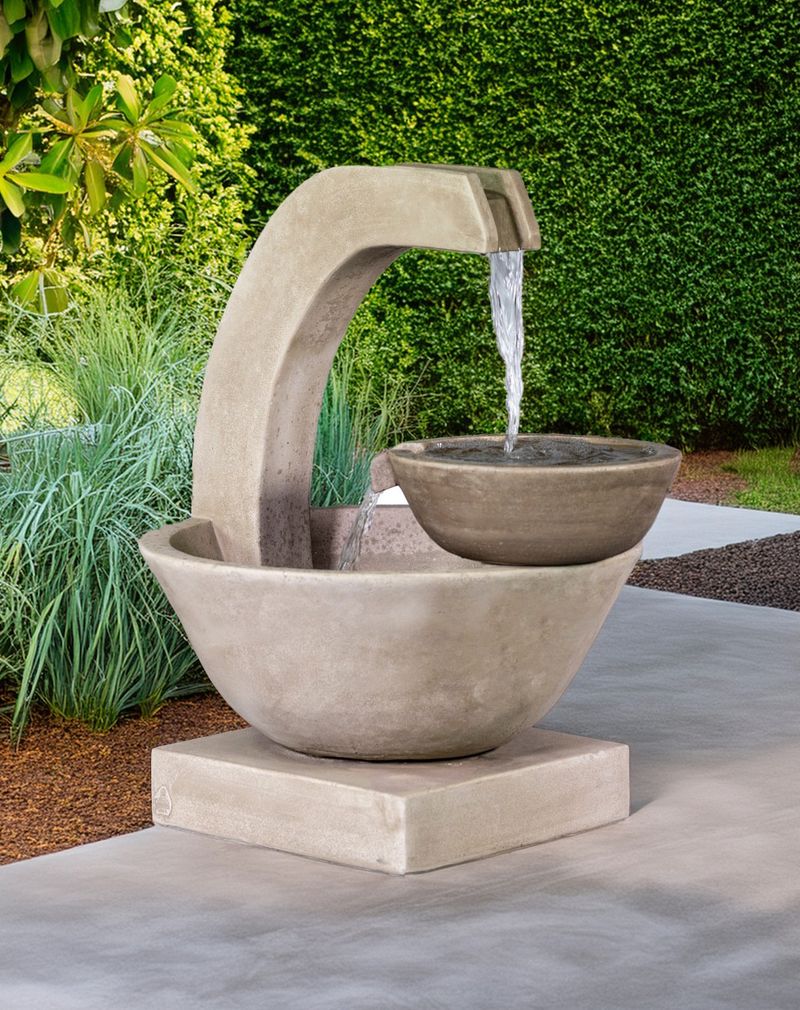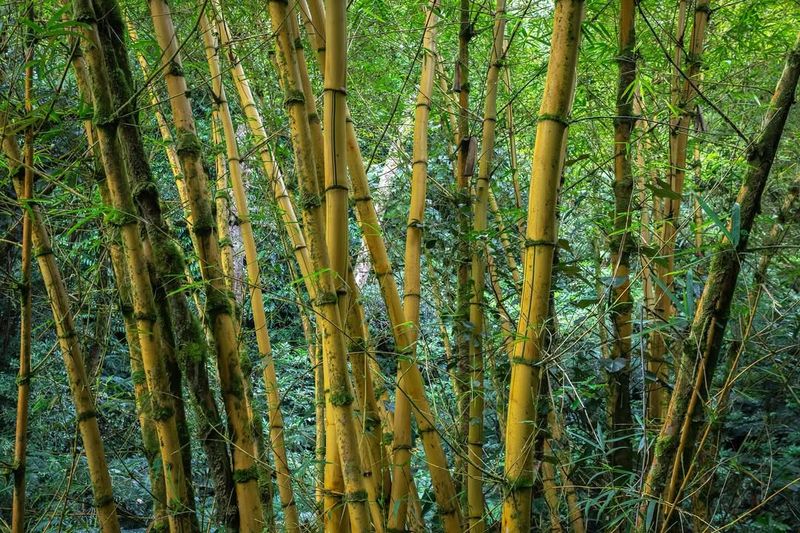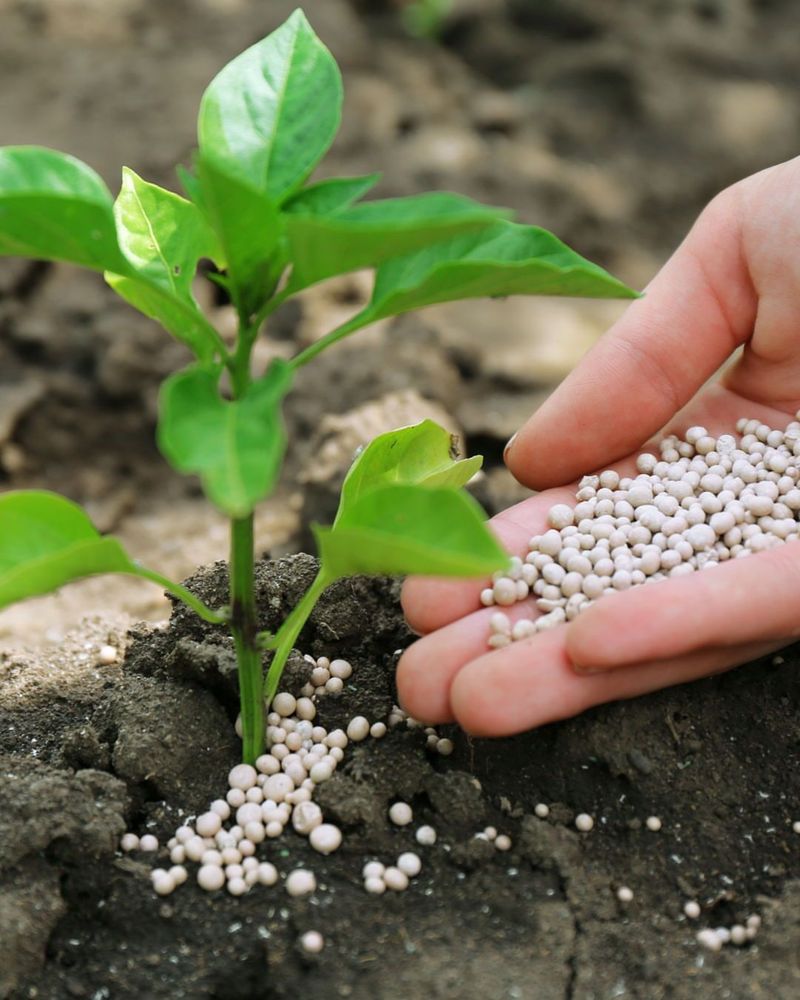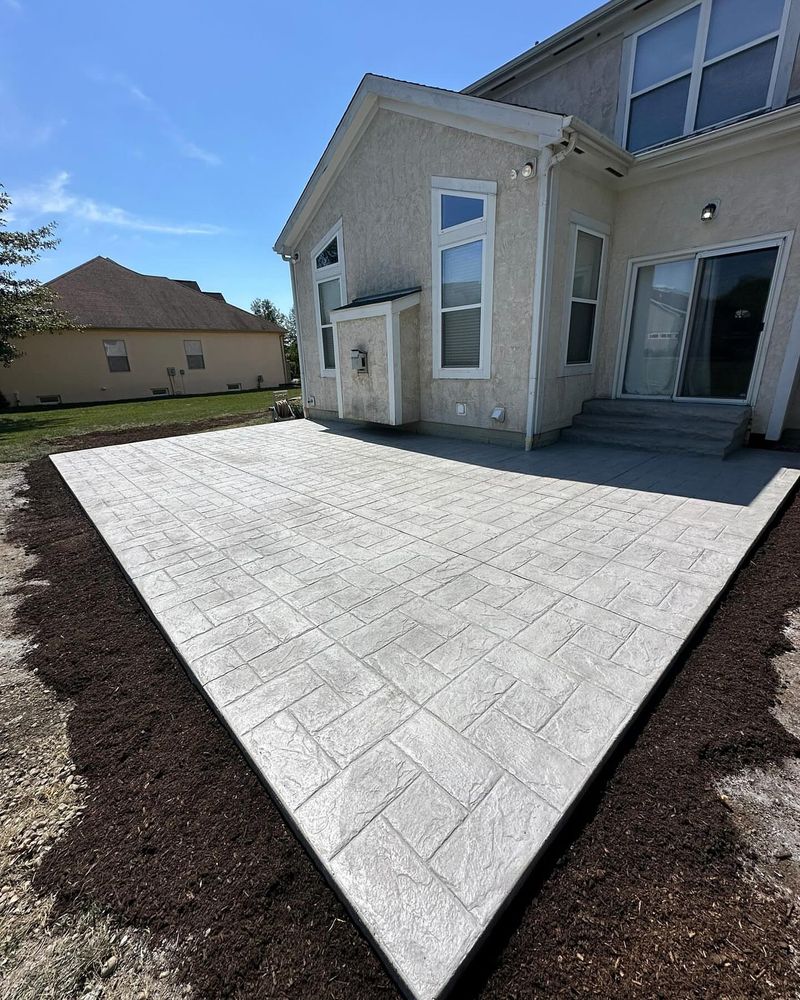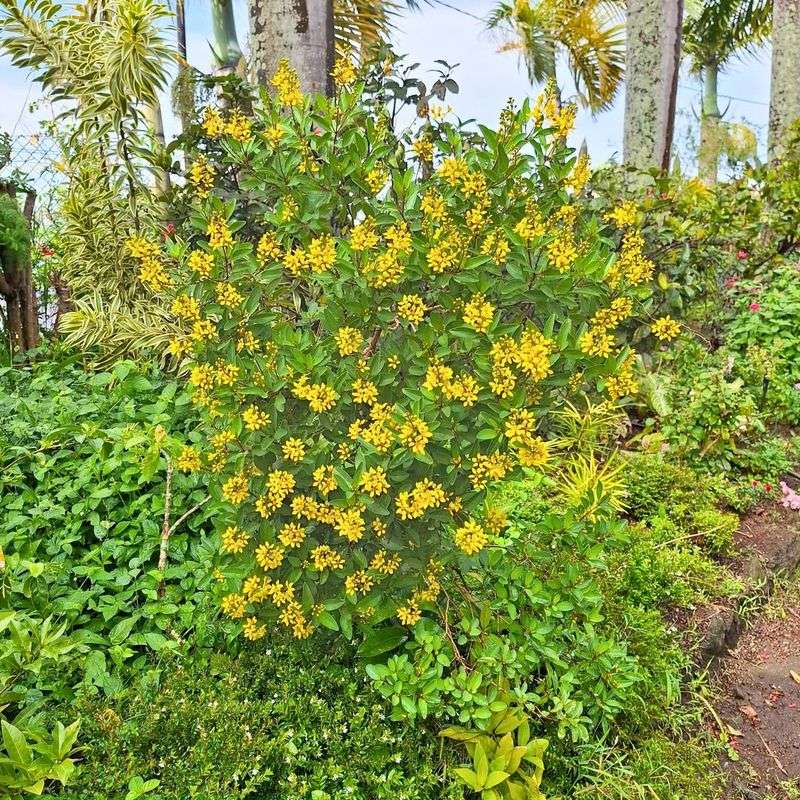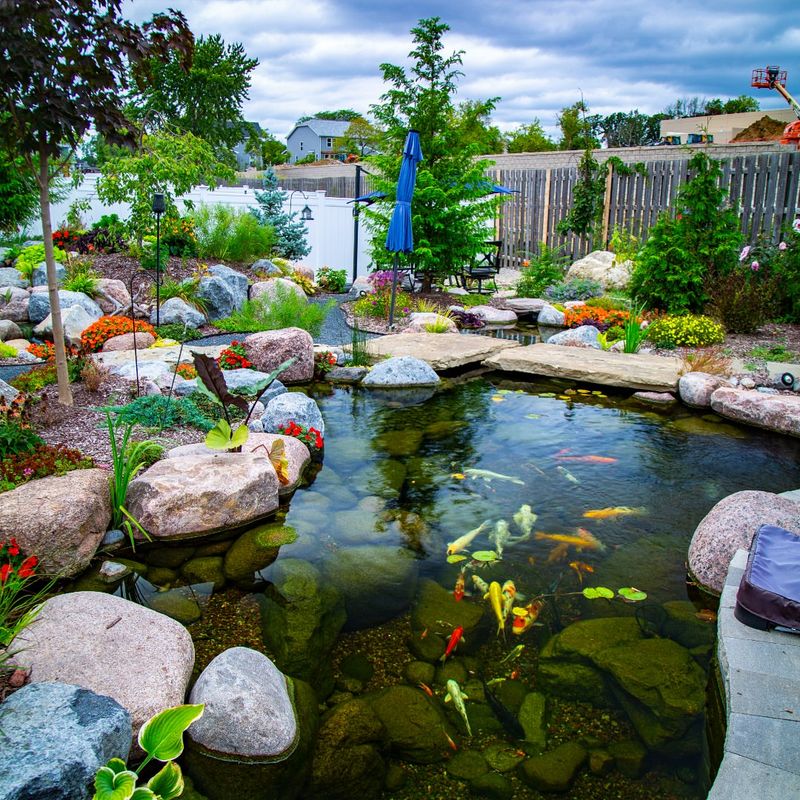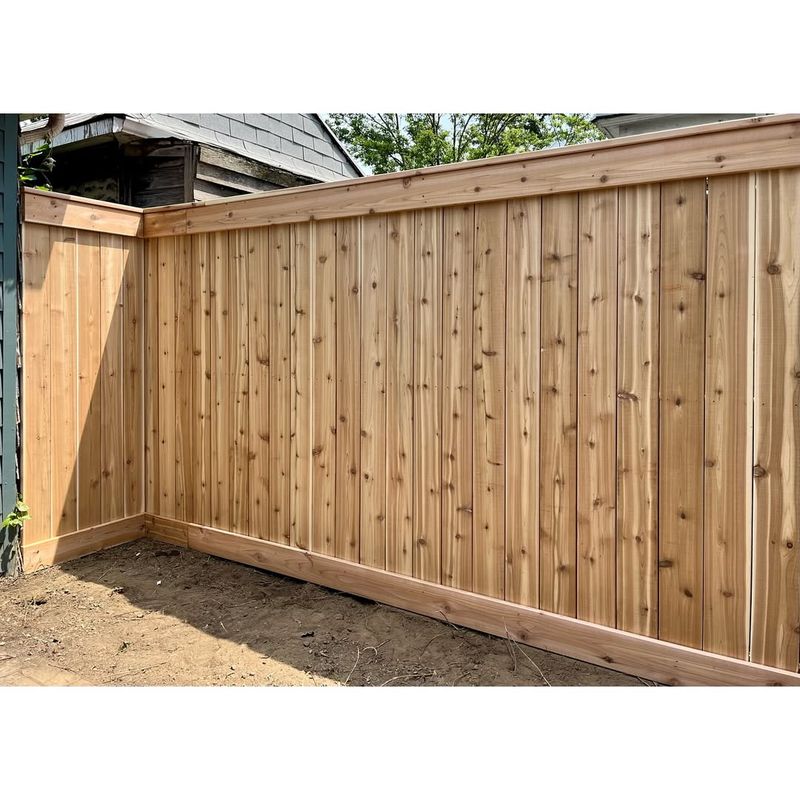Hawaii neighborhoods are changing fast, and some features that have been part of island yards for generations might not be around much longer. Water restrictions, new landscaping trends, and environmental concerns are pushing homeowners to rethink what they plant and build.
Understanding these shifts can help you plan for the future and keep your yard both beautiful and sustainable.
1. Large Grass Lawns
Water bills keep climbing, and maintaining a big grass lawn in Hawaii takes serious effort and resources. Many homeowners spend hours each week mowing, watering, and fertilizing just to keep the green carpet looking nice.
Drought-tolerant alternatives like native ground covers are becoming popular replacements. Communities are encouraging residents to reduce water waste by shrinking their lawns.
Soon, expansive grass yards might become a rare sight in island neighborhoods.
2. Non-Native Palm Trees
Coconut palms and other imported species have lined Hawaii streets for decades, but attitudes are shifting toward native plants. Falling coconuts create safety hazards, and some palms harbor pests that damage local ecosystems.
Native species like loulu palms offer similar tropical beauty without the risks. Environmental groups actively promote replacing non-native trees with indigenous varieties.
Expect to see fewer towering coconut palms decorating front yards as awareness grows about ecological balance and community safety concerns.
3. Ornamental Water Fountains
Backyard fountains add charm and soothing sounds, but they guzzle water that Hawaii can no longer afford to waste. With drought conditions becoming more common, every drop counts for island communities.
Mosquitoes also love standing water, creating health concerns for families. Maintenance costs and cleaning requirements make fountains less appealing to busy homeowners.
Solar-powered birdbaths or dry rock gardens are replacing these thirsty features as people embrace conservation-minded landscaping choices.
4. Invasive Bamboo Groves
Bamboo spreads aggressively, invading neighboring properties and choking out native plants that wildlife depends on. What starts as a privacy screen quickly becomes an uncontrollable nightmare for entire neighborhoods.
Removal costs thousands of dollars once bamboo establishes deep root systems. Local regulations are tightening around planting invasive species.
Homeowner associations now discourage or ban bamboo entirely. Native alternatives like hau trees provide privacy without the ecological damage or endless battle against spreading rhizomes.
5. Chemical-Treated Gardens
Pesticides and synthetic fertilizers run off into Hawaii’s precious coral reefs, causing devastating damage to marine ecosystems. Awareness about chemical impacts has sparked a movement toward organic gardening practices.
Natural pest control methods and compost-based fertilizers work just as effectively without harming the environment. Many communities now offer workshops on sustainable gardening techniques.
Younger homeowners especially prefer chemical-free yards where kids and pets can play safely without exposure to harmful substances.
6. Concrete Driveways And Patios
Solid concrete creates heat islands and prevents rainwater from naturally soaking into the ground, worsening runoff problems. Hawaii’s heavy rains overwhelm storm drains when too much hardscape covers residential properties.
Permeable pavers and gravel alternatives allow water to filter through while still providing durable surfaces. These options keep yards cooler and help recharge underground water supplies.
Building codes increasingly favor permeable materials, making traditional concrete less common in new construction and renovations.
7. Exotic Flowering Hedges
Showy imports like certain hibiscus varieties and bougainvillea require constant trimming, fertilizing, and pest management to look their best. Native birds and insects often ignore these plants because they provide little nutritional value.
Indigenous shrubs support local wildlife while needing minimal care once established. Conservation efforts emphasize restoring natural habitats even in suburban settings.
Ecological landscaping is trending, pushing ornamental exotics aside in favor of plants that belonged in Hawaii long before humans arrived.
8. Backyard Koi Ponds
Koi ponds look stunning but demand significant water, electricity for pumps and filters, and regular maintenance to keep fish healthy. Mosquitoes breed rapidly in poorly maintained ponds, spreading diseases throughout neighborhoods.
Water conservation campaigns discourage features that constantly evaporate precious resources. Equipment failures can kill expensive fish collections overnight.
Many families are draining their ponds and converting spaces into native plant gardens that require far less attention and environmental impact.
9. Traditional Wooden Fences
Hawaii’s humid climate and termites destroy wooden fences within just a few years, requiring constant replacement and expensive treatments. Rot and warping make wood impractical despite its classic appearance.
Composite materials and metal fencing last decades without rotting or attracting pests. Living fences made from native plants offer privacy while supporting local ecosystems.
Cost-conscious homeowners are abandoning wood entirely, choosing longer-lasting materials that withstand island weather without endless repairs and chemical applications.

